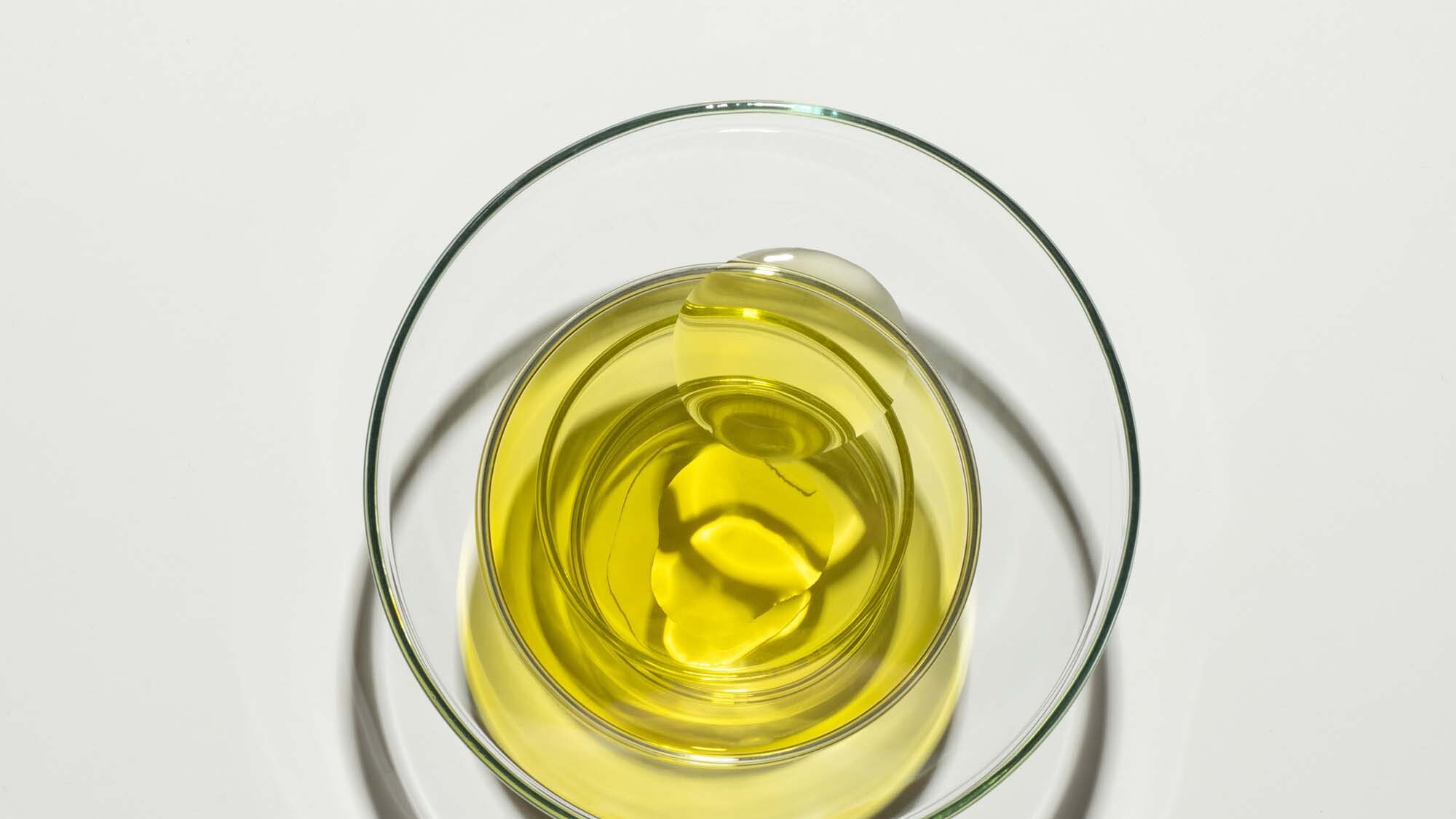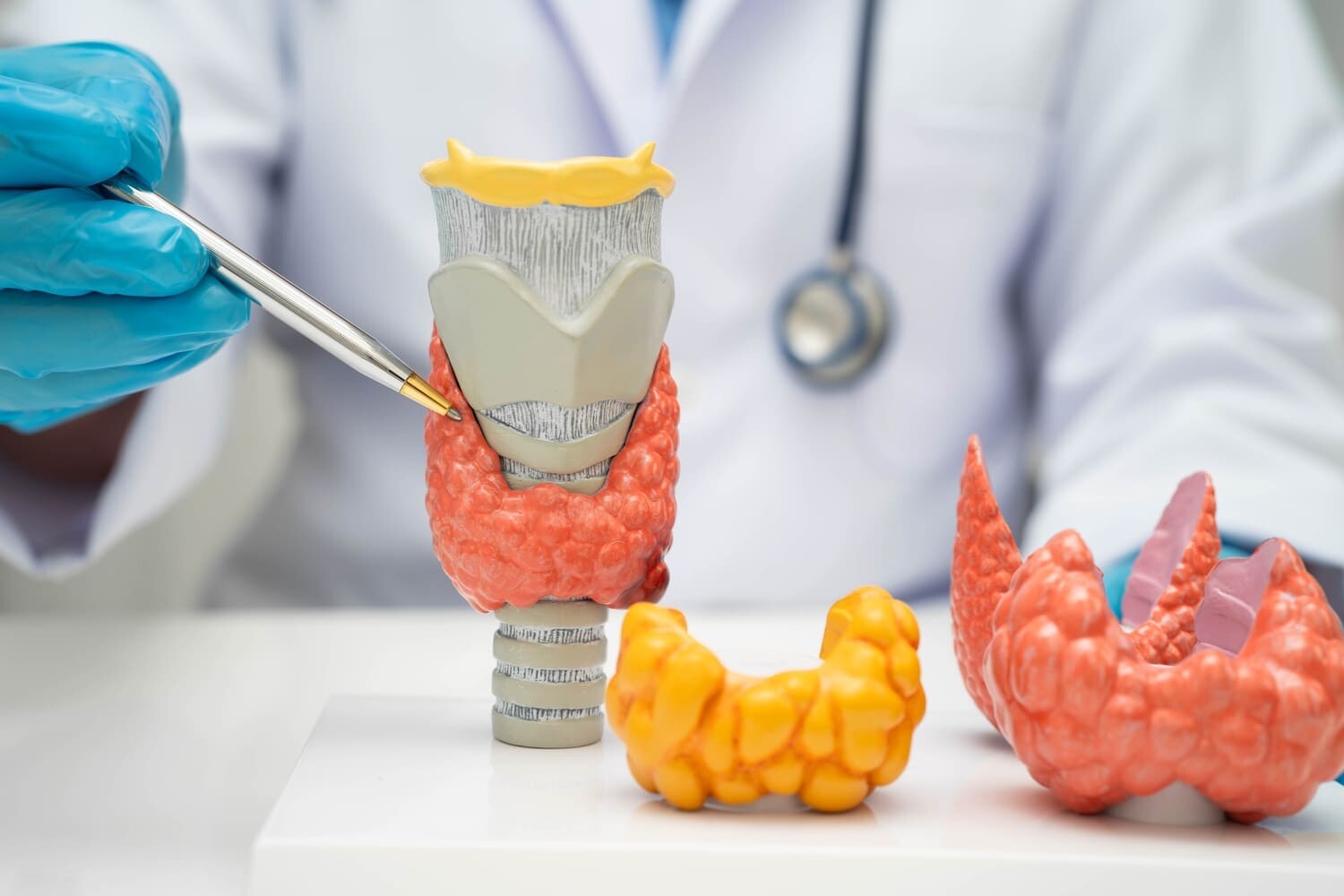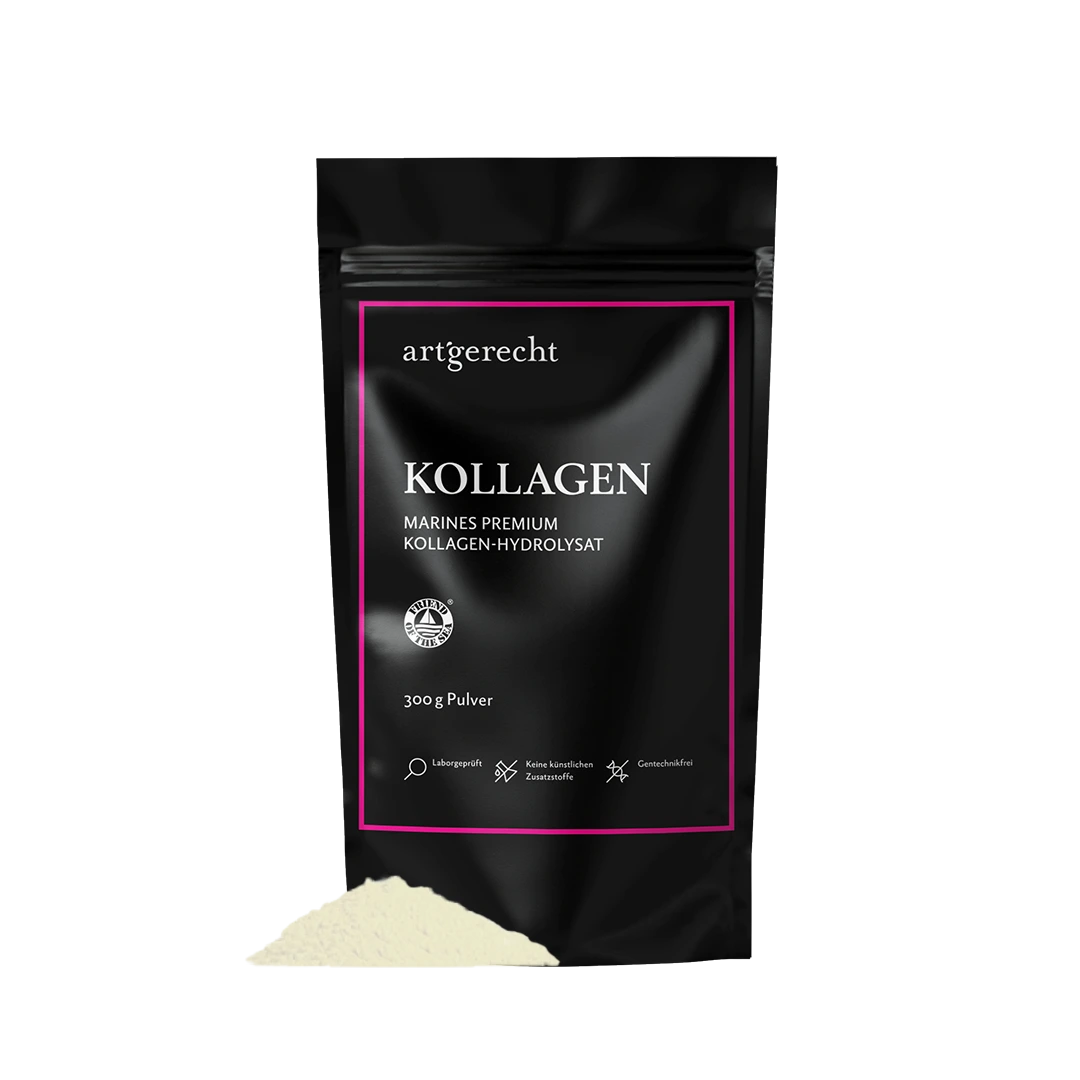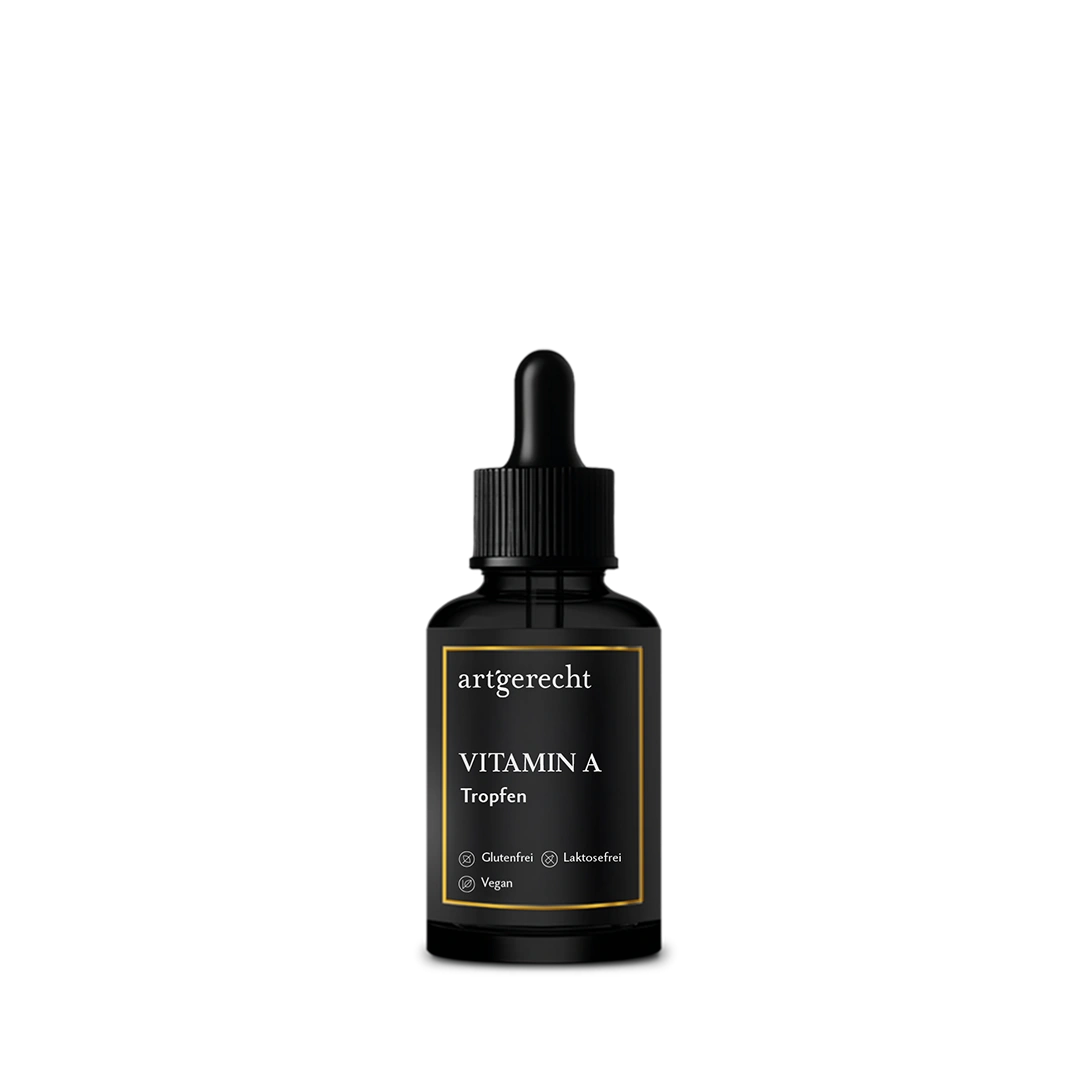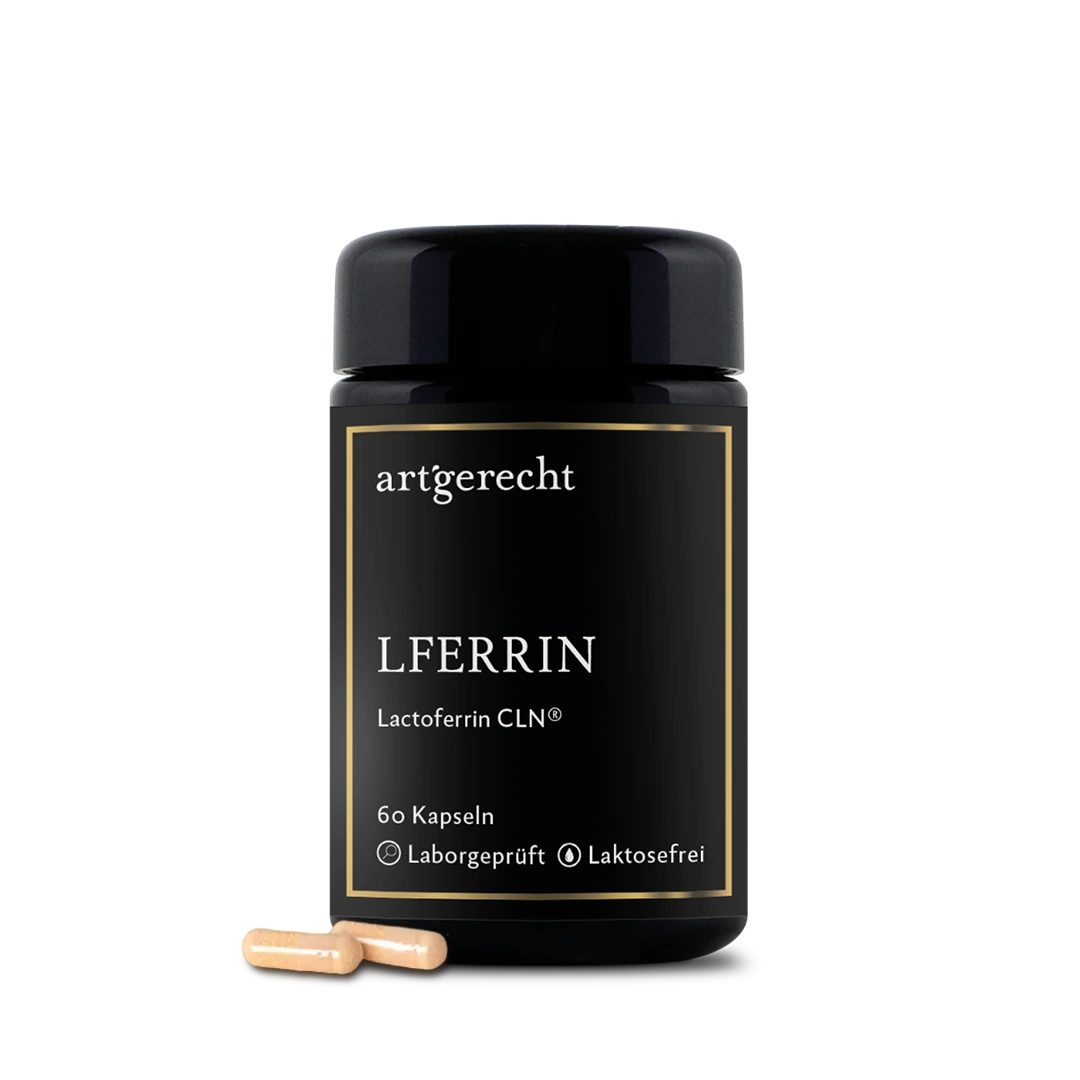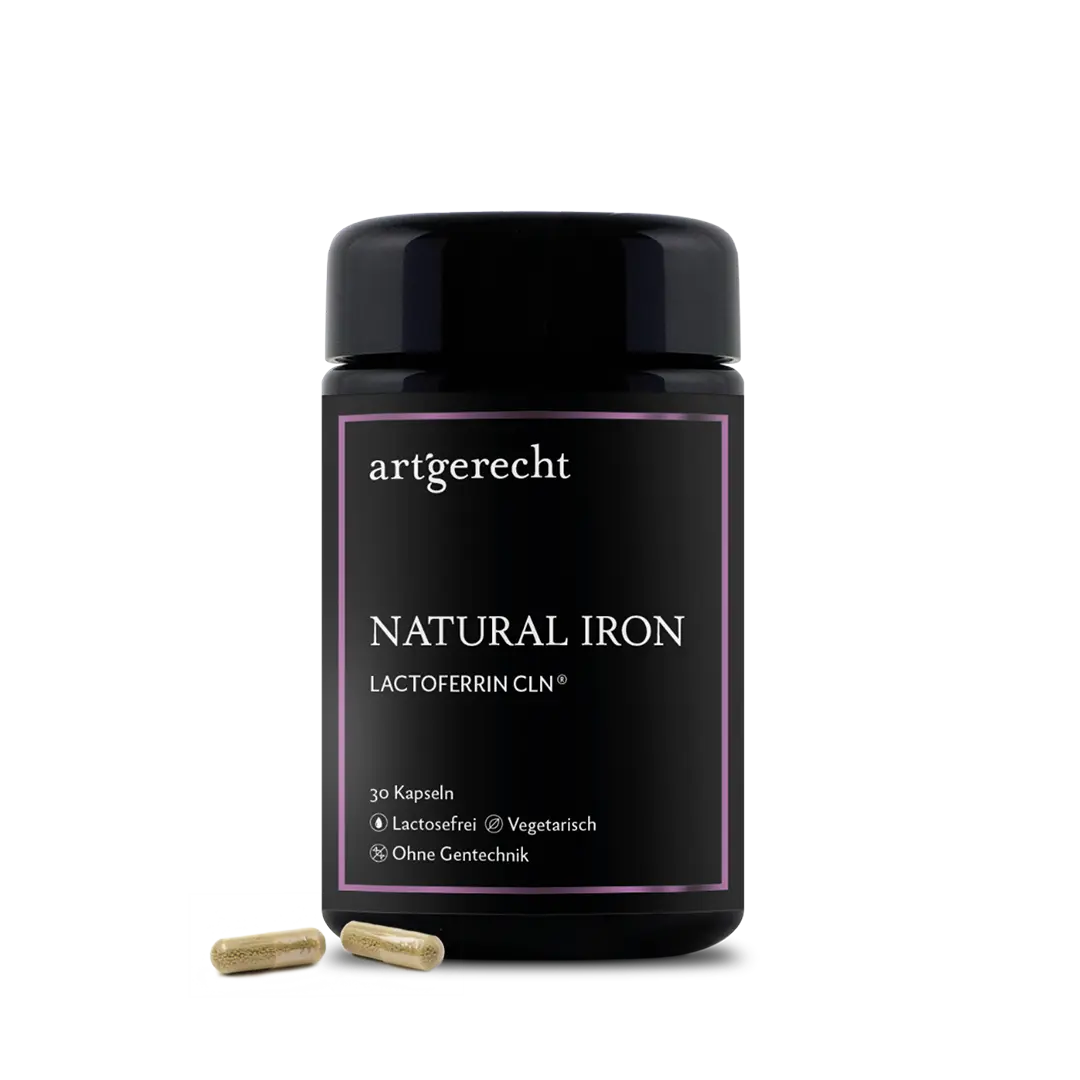Most people associate fat with something unhealthy. But that's not true. Because fats are important energy suppliers and energy stores for our body. But which fats are healthy and which are unhealthy? We explain how fats are structured, how they work in our body and which sources of fat you should choose.
Bold is not equal to bold
Although fat is the most important energy store for humans, animals and even some plants, the word is often associated with something unhealthy. However, there are indeed fats that are healthy. If we take a look at our past, we see that today, for the first time in the history of human development, nutrition is independent of exercise. All we have to do is reach out and grab it. Our ancestors didn't have it so easy: they first had to hunt and kill their food instead of just putting it in the shopping basket. A lack of exercise was simply not an option. And today? As comfortable as our lives have become, every development has its price. Our diet is dominated by industrially produced food and at the same time we see people outgrowing their clothes. The conclusion is obvious: the „fat epidemic“ is spreading.
To „demonize“ fats in general, however, is not right. Why? There is no direct link between fat consumption and the increase in obesity in the population. Although significantly less fat has been consumed over the past 60 years as a result of education and the increasing availability of low-fat foods, there is still a significant increase in obesity among the population (Figure 1).
These findings make it all the more important to consider the interplay of different lifestyle factors that increase the risk of obesity and other diseases. These include, for example, lack of exercise, psychosocial stress, meal frequency, total calorie intake or lack of sleep.[1]
Fat is one of the so-called macronutrients and should definitely be part of our diet alongside proteins and carbohydrates. We absorb various vegetable and animal fats through our food. They are broken down into fatty acids and cholesterol during digestion and then absorbed through the intestinal wall. They then serve our body as an energy supplier or energy store. They also support the formation of cells, activate the immune system, transport important fatty vitamins (A, D, E, K), aromas and flavors and, last but not least, are also a „thermal protection“.
Food check: Which fats are healthy?
In order to better understand why certain fats from animal and plant foods are healthy or less good for our bodies, it is useful to take a closer look at the structure and the correct ratio of the various fatty acids.
Fatty acids consist of carbon, hydrogen and oxygen atoms, which are strung together as a kind of chain. Depending on the length of the respective chain, they can be divided into short, medium or long chain.[2] There are relatively few short-chain fatty acids in our food. Medium-chain fatty acids are found, for example, in coconut fat or coconut oil. They are also easy to digest. But they can do even more: the caprylic and capric acids from coconut fat, for example, have antifungal properties on our intestinal flora. This means that they can positively counteract a possible imbalance in the gut caused by a fungal infestation.[3]
The long-chain fatty acids make up the major component of the fats in our diet. They can be divided into saturated fats and monounsaturated or polyunsaturated fats.
Saturated fatsäacids
Saturated fatty acids are absorbed through food and are mainly found in high quantities in animal foods such as milk, butter and meat products. As some saturated fats and acids increase blood lipid levels and cholesterol levels, for example, it is advisable to consume them in moderation.
Monounsaturated and polyunsaturated fatty acids
Our body can produce monounsaturated and polyunsaturated fatty acids itself. They are easily digestible – and they are perfectly healthy. They help to improve blood clotting and blood lipid levels (HDL/LDL) and reduce the increased accumulation of blood lipids (triglycerides) after a meal and during breaks between meals.[4]
Foods containing simple unsaturated fats:
- Olives
- Rape seed
- Avocado
- Nuts
Multi-unsaturated fats and acids are essential, which means that our body cannot produce them itself. We therefore have to absorb them through food. Omega-6 and omega-3 fatty acids, which have been shown to have a positive effect on the heart, brain and eyesight, are particularly important for us.[5] However, the right ratio of omega-3 and omega-6 fatty acids (recommendation: 2:1) [6] in our bodies is crucial. And why?
The omega-6 fatty acid linoleic acid requires the enzyme δ-6-desaturase.[7] This enzyme is used to break down fats into other fatty acids, but is also the „start button“ for inflammation in our body. Omega-3 fatty acids act as an antagonist and inhibit the inflammatory process. A well-functioning inflammatory reaction therefore requires omega-6 fatty acids on the one hand, which trigger the start of an inflammatory reaction and ensure that enough immune cells migrate to the affected area. On the other hand, we need a sufficient amount of omega-3 fatty acids in the body to stop the inflammation. A large excess of omega-6 fatty acids therefore also increases the number of inflammatory reactions, which can have a negative impact on our health in the long term.
Foods rich in omega-3 and omega-6 fatty acids:
- Fatty fish such as: Herring, mackerel, salmon, sardines, sprats, and saltwater fish [8]
- Snails [9]
- Wild meat [10]
- Walnuts, hazelnuts, almonds [11] Berries, spinach leaves, purslane, green algae [12]
- Wild plants, wild herbs and wild mushrooms [13]
- Native oils such as coconut oil, linseed oil, rapeseed oil and olive oilouml;l [14]
Practical tips for finding the ideal &oum;l
With the variety of oils on the market, it's not easy to keep track of everything. So here are a few tips:
- Olives with lots of unsaturated fats and a high polyphenol content are ideal and healthy from a scientific point of view.[15] Especially if they are organically grown and first pressed (extra virgin).
- Coconut oil contains many healthy, medium-chain fatty acids and is therefore a good source of energy. Coconut oil is particularly suitable for frying and high-heat cooking.
- Omega-3 fatty acids (EPA and DHA) from fish, krill and algae, for example, have been shown to have positive health benefits [16] and have long been part of the human diet.[17]
- Rape seed, linseed, nut and common olive oil and butter containoil and butter contain only small amounts of linoleic acid (omega-6) and more other beneficial fatty acids. This is also the case for pumpkin seed oil and sesame oil in small quantities.
- &Oils or fats that should be avoided or significantly reduced are safflower, palm, maize germ, wheat germ, soy, peanut, sunflower oil and margarine. They tend to be less healthy due to the high amounts of linoleic acid (omega-6).
How can you test for yourself whether it is a high-quality olive oil?
- Fruity: A fresh, fruity smell and taste characterize a good olive oil.
- Bitter: This is the typical taste of freshly harvested olives with a high polyphenol content. However, the bitterness should be in harmony with the fruitiness.
- Pungent: It should tingle throughout the mouth and be particularly noticeable in the throat. It can even cause a coughing sensation.
- Only flawless oils should carry the label „Extra Virgin“.
Information worth knowing from evolution
The period from the industrial revolution to the 20th century has brought about an enormous improvement in the standard of living for us humans. Not least thanks to technological progress and much better hygienic conditions. What began with small steps has been perfected on a grand scale over the last 150 years - with unfortunately not only positive effects.
For example, thanks to mechanized agriculture, oil-bearing plants are now grown on gigantic areas. Oils with a high content of omega-6 fatty acids can be obtained from thistle, soy, sunflower, corn or wheat. Using chemical processes and huge presses, the vegetable oil can be extracted and marketed at very favorable conditions.
A large proportion of our farm animals are no longer fed and reared in a species-appropriate manner, but are instead reared as quickly as possible on fattening farms in order to meet the high demand for animal products.
And that is a shame, because meat, milk, animal fat and eggs from species-appropriate husbandry contain significantly more omega-3 fatty acids than products from conventional husbandry. This difference is primarily due to the way the animals are fed: they provide more unsaturated fatty acids than farmed animals fed on maize meal.[18] If you want to do something good for your health, you should make sure when buying animal-based foods that they come from farms that value species-appropriate animal husbandry and feeding.
Literature:
- Adela Hruby, PhD and Frank B. Hu, MD, PhD, 2015.
- Fahy et al., 2011
- Shijna Kappally, 2015.
- DiNicolantonio and OKeefe, 2018.
- EFSA, 2011.
- A. P. Simopoulos, 2008.
- Saller et al, 2010.
- Tur et al, 2012.
- Manios et al, 2006.
- Valencak et al, 2015.
- Manios et al, 2006.
- Tur et al, 2012.
- Manios et al, 2006.
- Tur et al, 2012.
- NDA, 2011.
- EFSA, 2011.
- A. P. Simopoulos, 2006.

